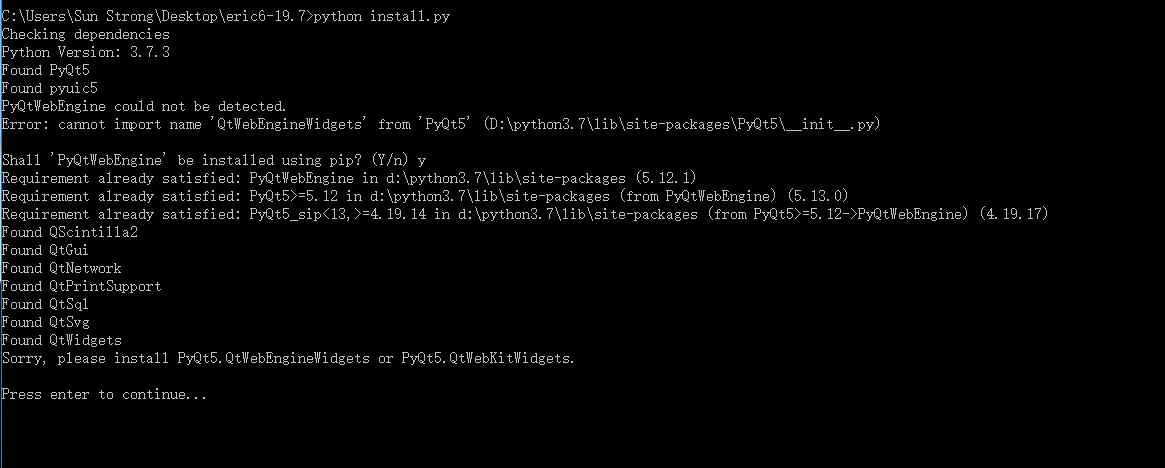



Get the source for the version of PyQt that corresponds to the version of Qt that you got earlier. I copied the program to the scripts directory.) The final part of this step is to check that the sip.exe program has been put in a location that is part of your path (this might only be a problem if you're using a virtual Python environment. I chose to point them at the system Python install (c:\Python27\include and c:\Python27\libs.) It should now be as simple as If you're using a virtual environment for Python you might have to modify the makefile for SIPLib since it hard codes dependencies on the location of the Python include subdirectory and the libs subdirectory. Don't run these commands from a standard shell, use the Visual Studio tools command shell instead, so that your path includes the compiler, and also so that the INCLUDE, LIBS, and LIBPATH environment variables are set. There are three commands to build and install SIP.
#How to install pyqt5 github 32 bit
If you're using 32 bit Python make sure that you get 32 bit Qt. You're going to need to have an appropriate version of qt.
#How to install pyqt5 github professional
I have the professional version but I assume that the community version will work too. You're going to need a valid installation of MS Visual C++.By assumption, you already have Python 2.7 installed. Thankfully the process is quite straightforward. As you noted, there aren't supported packages for PyQt5 and Python 2.7 so you will have to build it yourself. Here's what I did to achieve the desired outcome. This is a very old question, but had I come across this question with a decent answer a week ago I would have found it very useful. Installs unofficial PyQt5 via PyPI for Python 2.7 64-bit on Windows


 0 kommentar(er)
0 kommentar(er)
